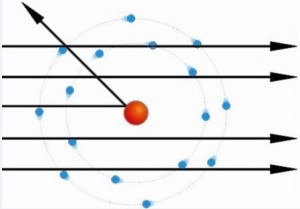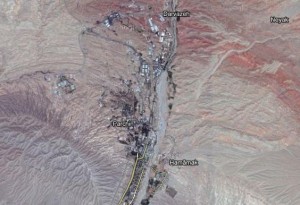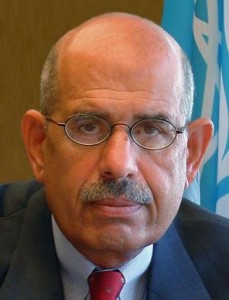Iran’s Cat and Mouse Game at Parchin Continues; Albright Takes Bait Yet Again
After a disappointing ending to yesterday’s final session of the P5+1 talks in Moscow, we now must deal with even more of the cat and mouse game Iran is playing at Parchin. I have posted on this issue a number of times, so I won’t go back into the complete details of what is going on, but the primary issue here is that the West has accused Iran of carrying out work at the Parchin military site that is aimed toward developing a trigger for a nuclear bomb. Specifically, Iran is accused of using a high explosives chamber to research the use of uranium in high explosions to generate the neutrons needed to trigger a nuclear bomb. “Western diplomats”, aided by gullible reporters and especially by David Albright of the Institute for Science and International Security are now claiming that Iran is trying to scrub the site of evidence from this work.
The problem is that it is impossible to scrub evidence of this sort of work. As I showed in this post, if Iran actually carried out the work for which they are accused, the steel chamber where the explosions occurred and all of the structural steel in the surrounding building would be radioactive due to neutron activation. This would not be surface contamination of the steel but would be distributed throughout the entire thickness of the steel. Therefore, if Iran carried out the accused work, the only way to hide the evidence would be to destroy the steel tank and the building in which it is housed.
In a game of cat and mouse, Iran destroyed buildings nearby the building in which the steel tank is said to be housed and did extensive earthmoving work in outlying areas away from the building. Albright dutifully took that bait and said this work was evidence of cleansing activity and did not mention that the chamber and its surrounding building were still standing and should still carry all of the radioactive earmarks of the accused activity.
Today, Albright has taken the next round of bait offered up by Iran. More earthmoving activity is seen in new photos and there are even new puddles to go along with the first puddles Albright found.
Here is Albright’s description of the new activity: Read more →




